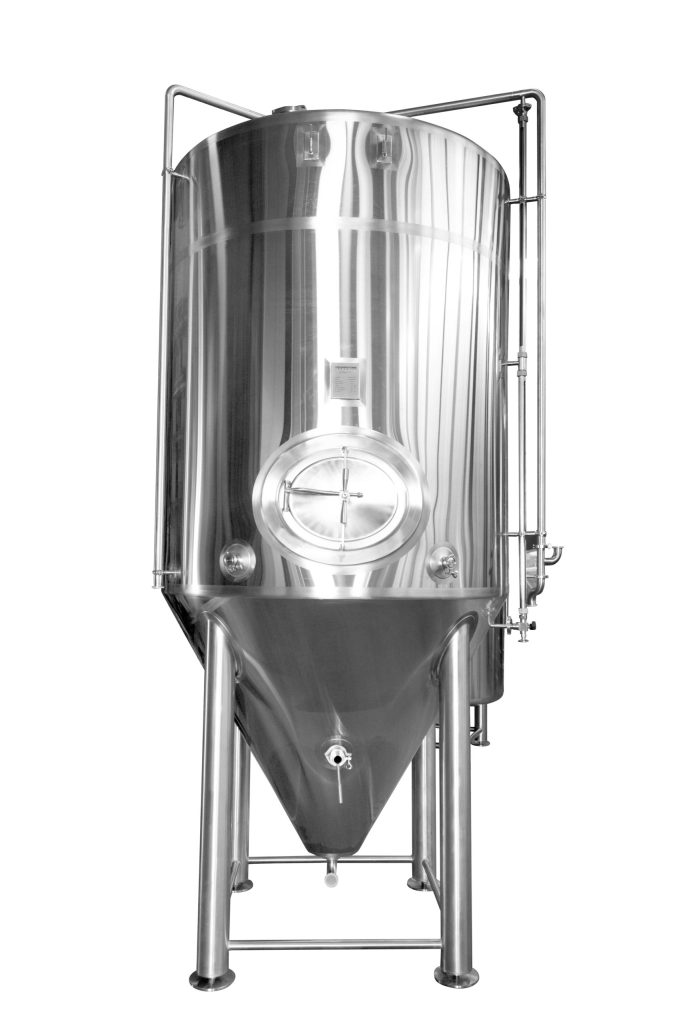Different Types of Fermentation Vessels
Posted on May 12, 2021 by xtxwebmaster
In beer’s 5,000-year history, the process of fermentation hasn’t changed much. What has changed is the technology available to make the process easier. This includes the containers that carry the beer while it’s fermenting. But these different vessels impact more than the effort it takes to ferment the beer. The different types of fermentation vessels can also affect the flavor quality of your brew.
Wooden Barrels
Wooden barrels aren’t the oldest type of fermentation vessel. However, they have been around since the late Victorian era. This English brewing style, also called the Burton Union system, involves taking your wort and putting it into wooden barrels along with your preferred combination of yeasts. The beer that this process produces is not to be confused with barrel-aged beer, which is fermented in a separate tank and then aged in a barrel.
Barrel-fermented beer has the benefit of novelty and allows the beer to take on some of the flavor qualities present in the barrel’s wood. However, it can be difficult to create, and the brewer often has limited control over it. This makes it challenging to make a consistent brew.
Open Square Fermenters
In years past, people also commonly brewed beer in large vats that were open to the air. These open, square fermenters allowed brewers to see everything that was happening to their beer in real-time and made the collection of yeast simple. To this day, you can find open fermenters in Europe, especially in Germany, Belgium, and the UK.
However, there’s a reason open fermentation vessels aren’t as common as closed ones. They often require specially built rooms with smooth tile and increased airflow to make them easier to clean and to prevent the build-up of carbon dioxide in the air from the fermenting beer.
Cylindroconical Tanks
The most common fermentation vessels these days are closed, cylindroconical tanks—and for a good reason. These tanks keep carbon dioxide trapped and lend themselves well to controlling the temperature throughout the entire fermentation process. Their shape, which includes a cone at the bottom, allows for the easy removal of excess yeast at the end of fermentation.
If your cylindroconical tank is a unitank, it also has the added benefit of being useful for fermentation and aging. There are a number of high-quality unitanks among Cedarstone Industry’s collection of stainless steel brewing equipment that will allow your brewery to take its place in beer history.

